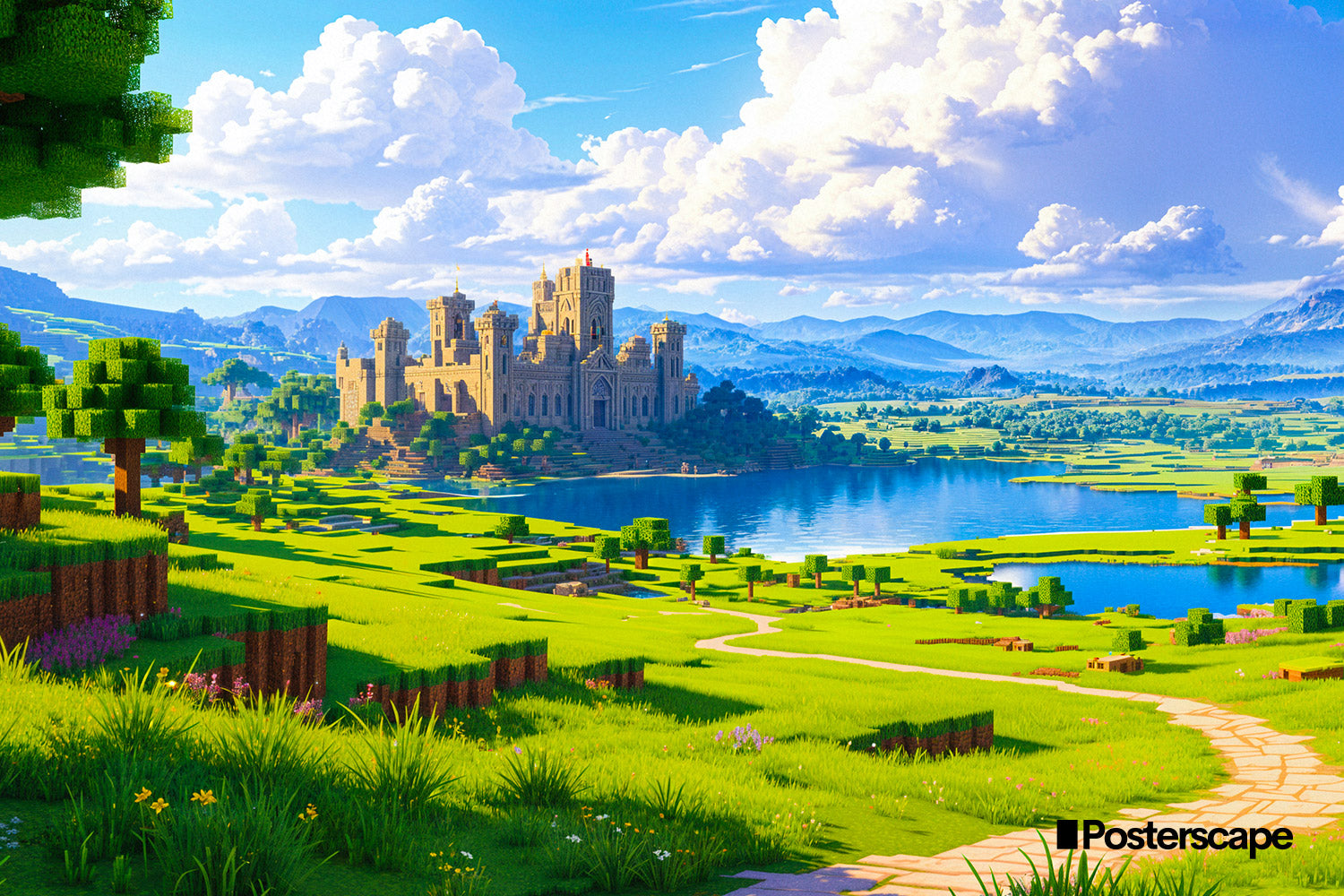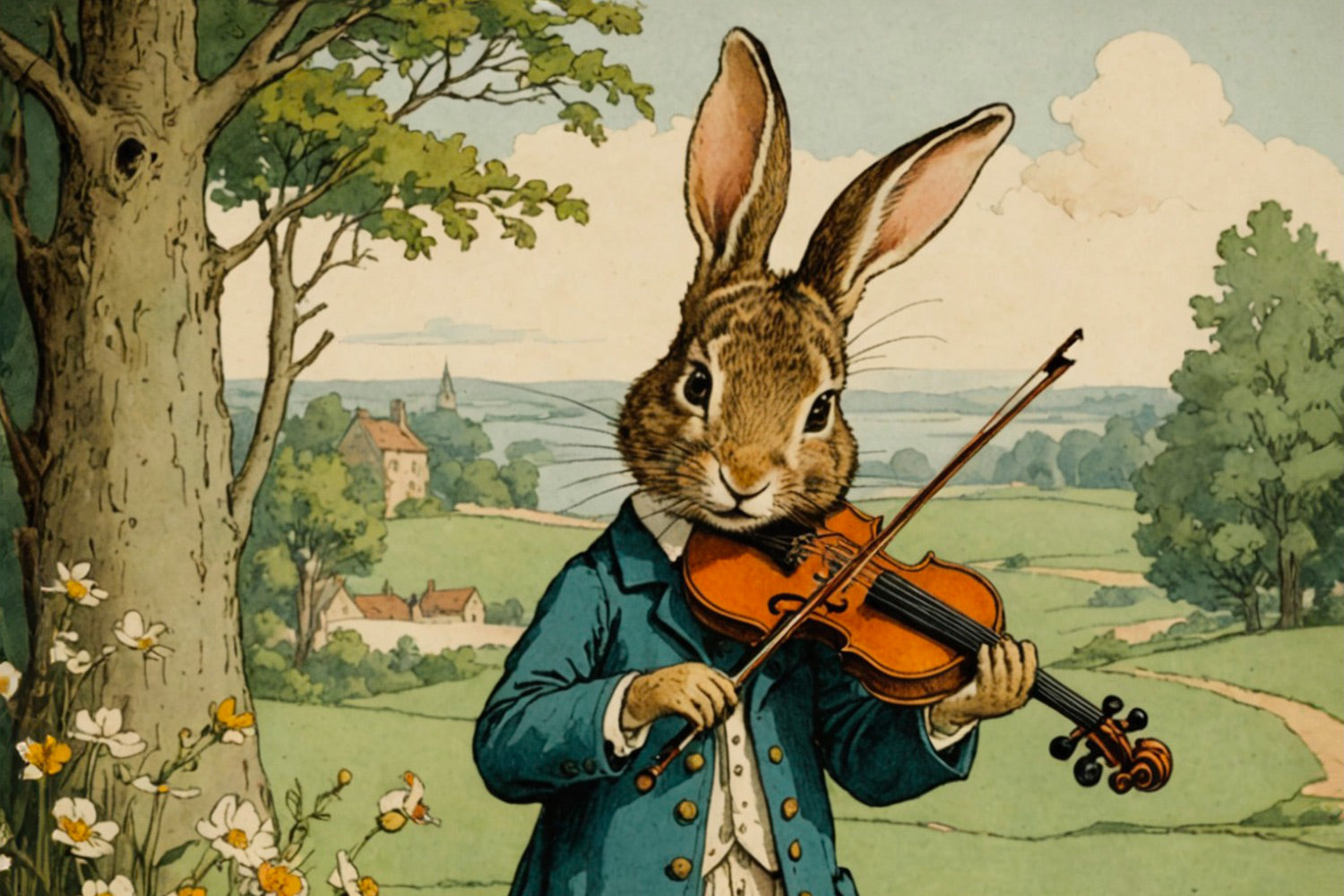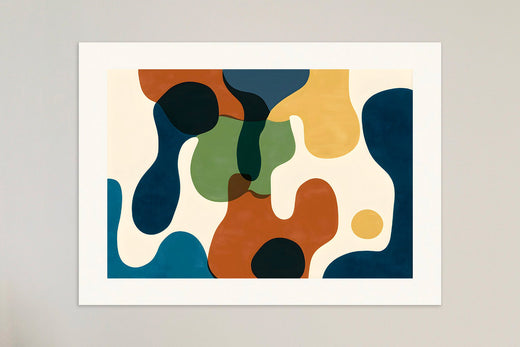
The History of Minecraft: From Indie Roots to Global Phenomenon

Few video games have left as lasting a mark on the world as Minecraft. From modest beginnings as a small indie project by a single developer, it has steadily grown into one of the most recognizable, beloved, and influential titles in the gaming sphere. The story of Minecraft is not just a narrative about a blocky world and endless creativity; it is a chronicle of how a simple concept—placing blocks, surviving nights, and building shelters—transformed into a cultural icon that continues to inspire players, educators, and creators worldwide.
In this deep dive, we’ll follow Minecraft’s journey through its earliest beta days, its smash-hit breakthrough, the rise of its passionate community, and its enduring legacy across platforms. We’ll also look at how players now celebrate this game’s universe in physical form, whether through merchandise, fan art, or stunning Minecraft-inspired posters from Posterscape. Join us as we pick up our digital pickaxes and dig into the rich history of this unparalleled gaming phenomenon.
The Early Sparks: Markus Persson and the Indie Beginnings
To understand Minecraft, we need to roll back to May 2009, when Swedish programmer Markus “Notch” Persson released the very first public version of the game. At that time, the gaming landscape was brimming with big-budget titles, elaborate graphics, and linear gameplay experiences. Persson, however, was driven by a concept that ran against the grain of traditional production: a sandbox environment that gave players the freedom to shape their own worlds, from quaint cottages to towering castles. Initially developed as a hobby project, the game’s earliest versions were crude by modern standards, but they held the kernel of something special: near-limitless player-driven creativity and exploration.
Persson’s vision was influenced by a variety of sources, including games like Dwarf Fortress and Infiniminer, which planted the idea of a procedural, block-based world in his mind. The first iteration of Minecraft, known as “Minecraft Classic,” was primitive and lacked many of the features we associate with Minecraft today. It had no hunger mechanic, no day-night cycle to fear, and certainly no Ender Dragons or enchanting tables. Nevertheless, players were immediately intrigued by the potential of this unusual, blocky sandbox. Early adopters gravitated to its simple controls and the mental blank slate it offered.
The Official Release and the Rise of Mojang
By 2010, the growing popularity of Minecraft encouraged Persson to dedicate more time and resources to its development. He founded Mojang, the Swedish game developer studio that would shepherd Minecraft through its next phases. Mojang’s early team was small, dedicated, and passionate about delivering a game that allowed players to build, survive, and thrive in their own unique ways.
During this period, Minecraft was still in “Alpha” and then “Beta,” sold at a discounted price to early supporters who believed in the project’s vision. Unlike many titles that waited until a final, polished version before public interaction, Minecraft developed transparently, influenced heavily by community feedback. Players would buy into the game early, and as they explored the caves and forests of its blocky landscapes, they offered input that shaped the additions and tweaks made over time.
By November 2011, when Minecraft had its official 1.0 release, it was no longer a curious indie upstart. It had already sold millions of copies and cultivated a thriving community of dedicated fans who were not just playing the game, but creating content around it—YouTube videos, tutorials, guides, and more. This participatory culture would be one of Minecraft’s most important catalysts, helping it grow organically across borders, languages, and age groups.
Minecraft’s Rapid Popularity Surge
Once officially launched, Minecraft’s popularity exploded. It spread through word-of-mouth, social media, and the burgeoning influence of YouTube gamers. Influential creators like the Yogscast, CaptainSparklez, and many others released Let’s Play series that showcased the game’s charm, humor, and nearly endless variety. Suddenly, Minecraft wasn’t just a game you played; it became a shared cultural experience. Players swapped building techniques, told stories through elaborate map creations, and even orchestrated their own in-game events.
Critics and journalists took notice. Without flashy cutscenes or a fixed storyline, Minecraft proved that player-driven creativity could captivate a massive audience. The constant stream of updates and expansions, many based on player suggestions, ensured that the community always had something new to discover. Over time, this steady growth transformed Minecraft from a humble indie product into a flagship title that competed with (and often outshone) traditional blockbuster franchises.
Introducing Survival and Creative Modes
One of the most significant landmarks in Minecraft’s evolution was the introduction of distinct game modes. Originally, players experimented in a single style of play that was closer to what we’d now call Creative Mode—unlimited blocks and no real threats. As development advanced, the team at Mojang introduced Survival Mode. This changed the dynamic drastically: now, players had to manage health, fend off hostile mobs, and gather resources to stay alive. The day-night cycle, with its lurking zombies and explosive Creepers, brought new tension and urgency.
Eventually, Hardcore Mode, Adventure Mode, and Spectator Mode followed, each catering to different styles of gameplay. From those who enjoyed pure creative expression to those who wanted a challenging survival experience, Minecraft broadened its appeal. By offering multiple modes, Minecraft provided both a blank canvas for patient architects and a thrilling gauntlet for determined survivors. This versatility has remained one of the game’s hallmarks, keeping it fresh and engaging for players of all backgrounds.
The Influential Community and the Modding Scene
If we chart Minecraft’s success, the role of its community cannot be overstated. Early on, Mojang and Persson recognized that players were not just gamers; they were creators, inventors, storytellers, and educators. Minecraft’s open design inspired a massive modding community, spawning thousands of custom modifications that extended gameplay far beyond the core experience. From technology mods that introduced complex machinery and automation, to magical worlds full of spells and fantasy creatures, mods allowed players to shape Minecraft into practically any genre they desired.
Resource packs and shaders enhanced the game’s graphics, introducing textures that transformed its famously simple visuals into stunning landscapes. Massive servers like “Hypixel” and “Mineplex” appeared, each offering unique mini-games, economies, and societies. These servers became hubs of interaction, forging friendships and communities that extended well beyond the screen. It’s no exaggeration to say that the Minecraft community built an entire universe within and around the game, turning it into a thriving ecosystem that constantly replenishes itself with new ideas.
The Microsoft Acquisition and Continued Growth
A pivotal moment in Minecraft’s history was Microsoft’s acquisition of Mojang in 2014. By then, the game had already sold over 50 million copies worldwide, and Microsoft saw an opportunity to nurture and expand its universe. While some fans worried about changes to the game’s philosophy or independence, these fears proved largely unfounded. Under Microsoft’s stewardship, Minecraft continued to evolve. Updates kept rolling out, consistent support for multiple platforms grew stronger, and the brand extended into merchandise, spin-offs, and partnerships.
This shift also brought Minecraft to an even broader audience. The game appeared on an expanded range of devices, from PC and consoles to mobile platforms, making the “play anywhere” dream a reality. Official support for cross-platform multiplayer allowed friends to collaborate on builds or engage in adventures regardless of their chosen system. Over time, these developments helped Minecraft maintain its dominance, even as newer sandbox and survival games entered the marketplace.

A Minecraft fan art poster created by Posterscape
Educational Impact and Cultural Significance
As Minecraft’s profile rose, it began to transcend its status as a mere video game. Educators discovered its potential as a teaching tool, and soon, Minecraft: Education Edition became a valuable resource in classrooms worldwide. By using the game’s virtual spaces, teachers were able to make lessons in mathematics, history, language, and even coding more engaging. Students could reconstruct ancient civilizations, simulate chemical reactions with virtual labs, and develop teamwork and problem-solving skills in a fun, immersive environment.
Beyond education, Minecraft’s influence seeped into popular culture. Its distinctive blocky aesthetic inspired countless memes, artworks, animations, and music videos. The fandom celebrated their love for the game through creative mediums like cosplay, conventions, and, of course, physical merchandise. Clothing, toys, and posters featuring iconic Minecraft imagery made their way into homes everywhere, marking an intersection between the digital and real worlds. With Minecraft’s visual elements so instantly recognizable, fans found endless ways to incorporate the game’s style into their everyday lives.
Ongoing Development, Spin-Offs, and Collaborations
Minecraft’s journey is far from over. Regular updates, such as the “Caves & Cliffs” and “Trails & Tales” expansions, continue to introduce new mobs, biomes, and features that keep even veteran players intrigued. Spin-off titles like Minecraft Dungeons offer a more action-oriented take on the universe, while Minecraft Legends explores the game’s lore from a fresh perspective. These expansions and alternate titles broaden Minecraft’s reach, offering different flavors of adventure and storytelling.
Collaborations with other media properties have also enriched Minecraft’s world. Crossovers with franchises like Star Wars, Sonic the Hedgehog, and others have introduced themed skins, maps, and narrative content that merge familiar cultural icons with the game’s building blocks. These collaborations celebrate Minecraft’s adaptability, reinforcing its place as both a platform and a playground for boundless creativity.
Celebrate Minecraft’s Legacy with Posterscape’s Collection
As we reflect on Minecraft’s rich and multifaceted history, it’s clear that the game’s influence goes well beyond the screen. Fans have found countless ways to keep the spirit of the game alive in their daily lives, and that includes decorating their walls with imagery that speaks to their passion. At Posterscape, we understand how important it is to honor the worlds that captivate our imaginations. That’s why we’ve curated a special selection of Minecraft-inspired posters perfect for anyone who loves the game’s distinct style and adventure-driven spirit.
Our collection features vivid illustrations of Minecraft’s signature blocky terrains, familiar mobs like Creepers and Endermen, and scenes that capture the essence of exploration and building. Hanging a Minecraft poster on your wall isn’t just about decoration—it’s a testament to the hours spent building grand structures, the teamwork forged in multiplayer sessions, and the creative spark ignited by a simple world made of cubes. Posters can remind you of that first diamond you unearthed, that tricky redstone contraption you finally got working, or the quiet satisfaction of watching a pixelated sunrise after a hard-fought night.
Whether you’re a seasoned player who has traveled deep into the Nether or a newcomer just learning how to craft your first wooden pickaxe, Posterscape’s Minecraft posters can help you bring that sense of wonder into your home. These carefully printed, high-quality art pieces celebrate a universe that has grown from a single developer’s dream into an international phenomenon enjoyed by millions.
What the Future Holds for Minecraft
Considering how far Minecraft has come in just over a decade, it’s thrilling to imagine where it might go from here. Virtual reality adaptations, augmented reality experiences, and improved procedural generation techniques could revolutionize how we interact with and perceive Minecraft’s blocky landscapes. As technology advances, so too will the tools available to the community and the developers. The game’s core principles—creativity, freedom, and collaboration—ensure that it will continue inspiring new players, new stories, and new forms of digital expression.
More than just a video game, Minecraft has emerged as a cultural force and an evolving canvas. Its history is a testament to the power of player-driven creativity and to the idea that simple concepts can give rise to extraordinary universes. Through years of updates, community collaborations, educational ventures, and corporate stewardship, Minecraft stands as a prime example of gaming’s potential to transcend boundaries.
As we look ahead, one thing remains certain: Minecraft’s legacy will continue to expand, teaching us new lessons about interactive storytelling, collaborative problem-solving, and the endless capacity of the human imagination. And as you step back from your own pixelated creations, remember that you can celebrate these cherished moments in the real world. Whether it’s with a Posterscape print or by sharing your creations with fellow enthusiasts, the journey we’ve all taken through Minecraft’s winding, blocky corridors can live on in our hearts and homes for years to come.




Leave a comment
This site is protected by hCaptcha and the hCaptcha Privacy Policy and Terms of Service apply.